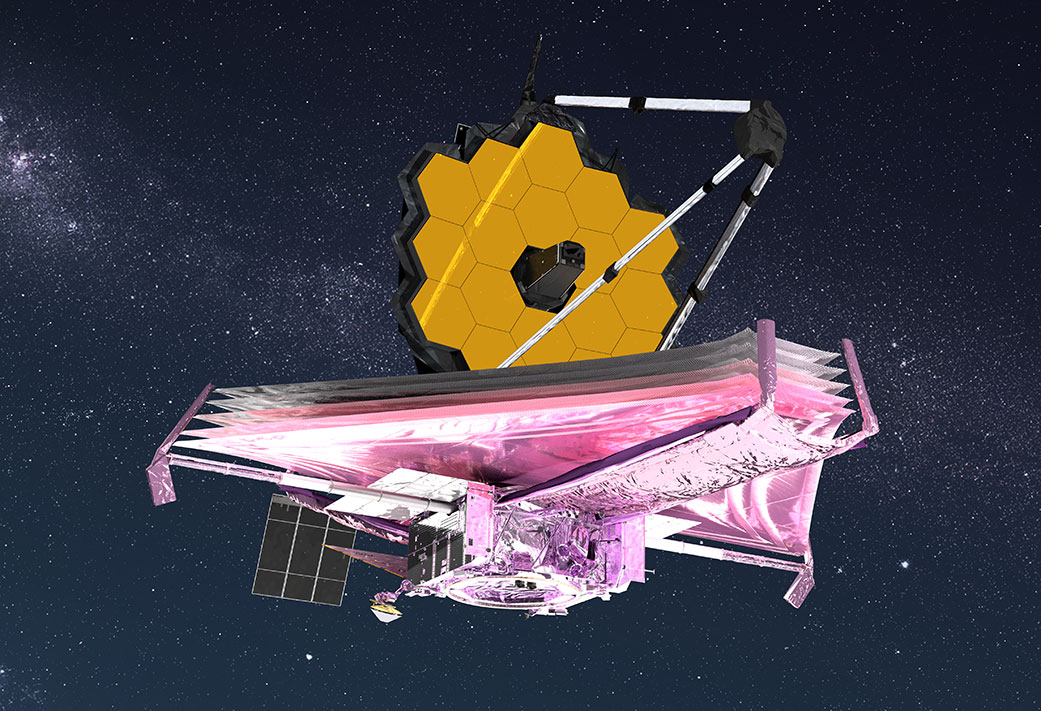Released July 2022
Webb's First Images:
Mission scientists and engineers demonstrate Webb’s unprecedented capabilities with the telescope’s first collection of data and full-color images, previewing the future of infrared astronomy. The articles below contain the story behind each image and links to high resolution version of the images.
First Images Slideshow
Webb's very first science images released by NASA in July 2022.
The image below is a SLIDESHOW. Hover over the image to see the image title and controls. Click the image to go to a detail page with more info and the ability to download the image at various resolutions (click downward arrow in lower right corner).
First Image Articles:
-
NASA’s Webb Delivers Deepest Infrared Image of Universe Yet
NASA’s James Webb Space Telescope has delivered the deepest and sharpest infrared image of the distant universe so far. Webb’s First Deep Field is galaxy cluster SMACS 0723, and it is teeming with thousands of galaxies – including the faintest objects ever observed in the infrared. This slice of the vast universe is approximately the size of a grain of sand held at arm’s length by someone on the ground.
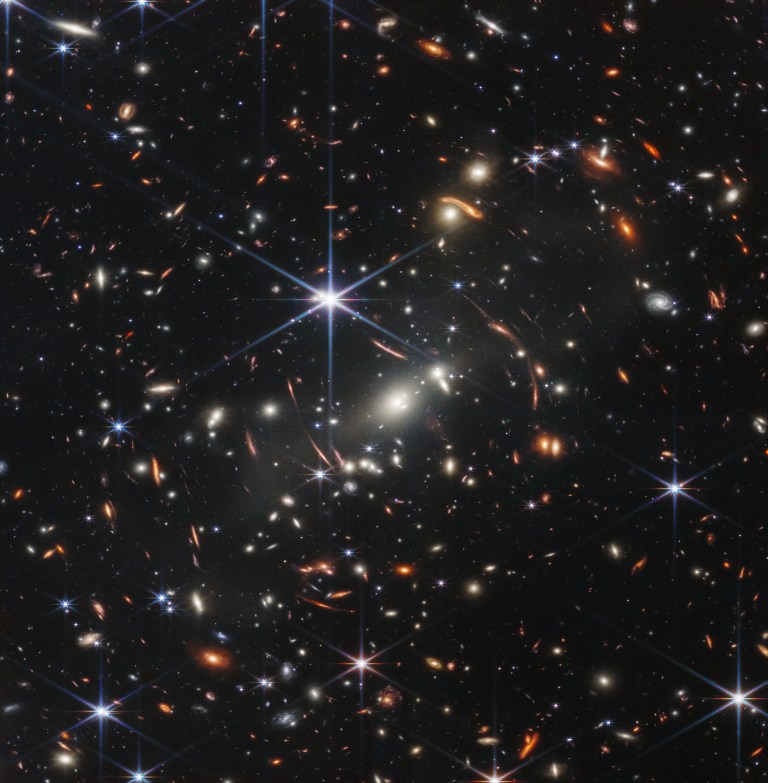 Galaxy cluster SMACS 0723 is overflowing with detail. Thousands of galaxies – including the faintest objects ever observed in the infrared – have appeared in Webb’s view for the first time.NASA, ESA, CSA, STScI
Galaxy cluster SMACS 0723 is overflowing with detail. Thousands of galaxies – including the faintest objects ever observed in the infrared – have appeared in Webb’s view for the first time.NASA, ESA, CSA, STScI -
NASA’s Webb Reveals Steamy Atmosphere of Distant Planet in Detail
NASA’s James Webb Space Telescope has captured the distinct signature of water, along with evidence for clouds and haze, in the atmosphere surrounding a hot, puffy gas giant planet orbiting a distant Sun-like star.
The observation, which reveals the presence of specific gas molecules based on tiny decreases in the brightness of precise colors of light, is the most detailed of its kind to date, demonstrating Webb’s unprecedented ability to analyze atmospheres hundreds of light-years away.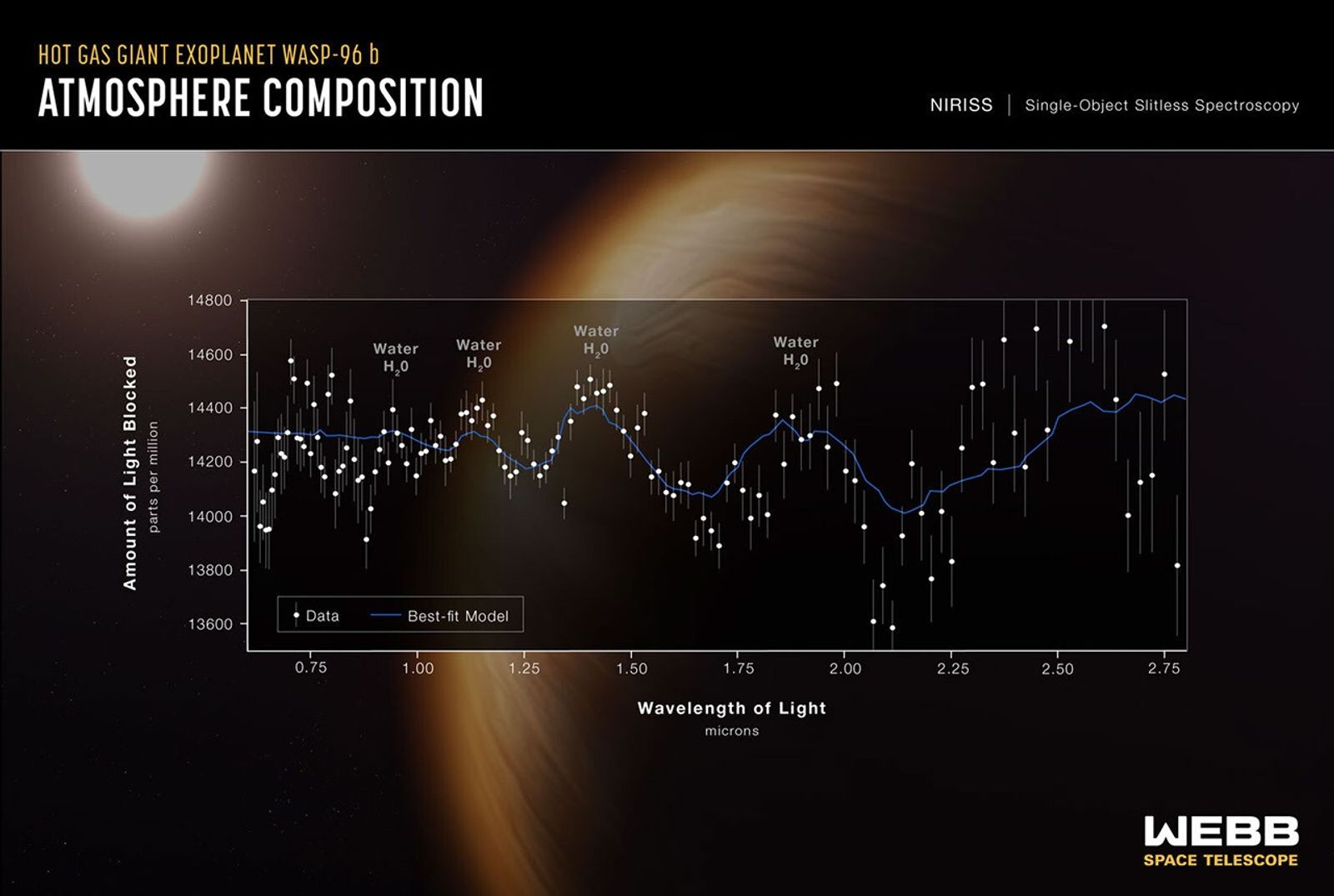 A transmission spectrum made from a single observation using Webb’s Near-Infrared Imager and Slitless Spectrograph (NIRISS) reveals atmospheric characteristics of the hot gas giant exoplanet WASP-96 b.NASA, ESA, CSA, and STScI
A transmission spectrum made from a single observation using Webb’s Near-Infrared Imager and Slitless Spectrograph (NIRISS) reveals atmospheric characteristics of the hot gas giant exoplanet WASP-96 b.NASA, ESA, CSA, and STScI -
NASA’s Webb Captures Dying Star’s Final ‘Performance’ in Fine Detail
Two cameras aboard Webb captured the latest image of this planetary nebula, cataloged as NGC 3132, and known informally as the Southern Ring Nebula. It is approximately 2,500 light-years away. The dimmer star at the center of this scene has been sending out rings of gas and dust for thousands of years in all directions, and NASA’s James Webb Space Telescope has revealed for the first time that this star is cloaked in dust.
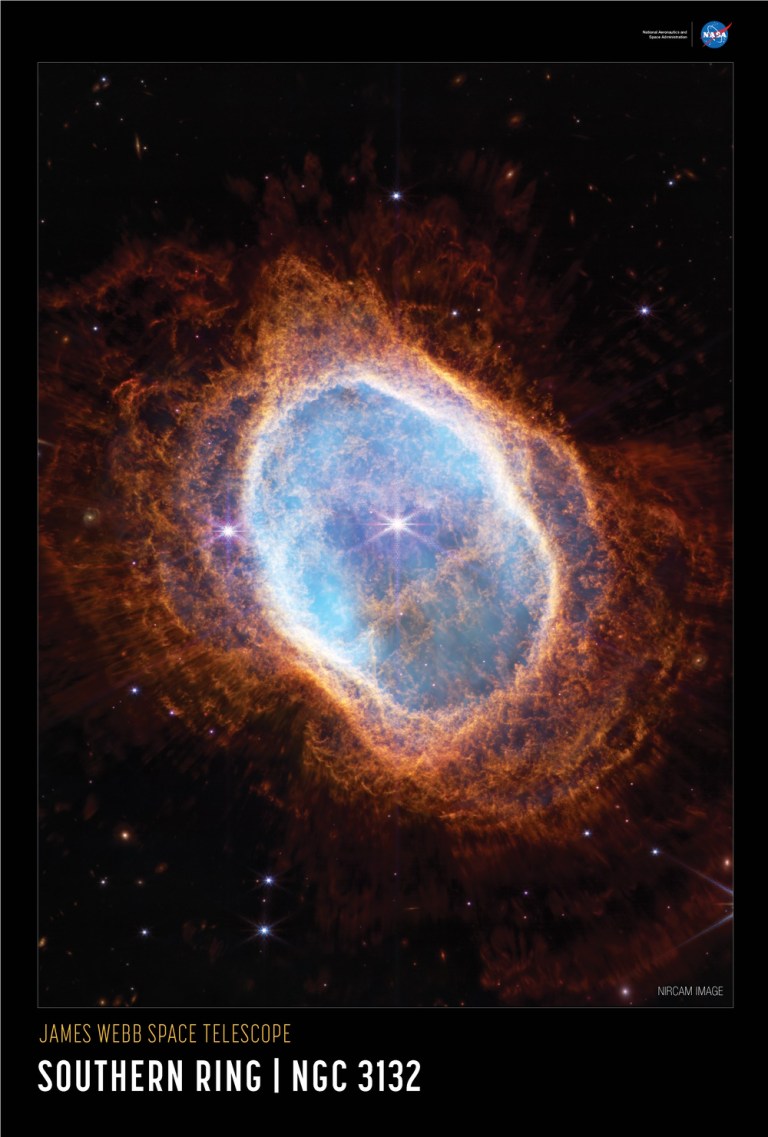 NASA’s James Webb Space Telescope has revealed details of the Southern Ring planetary nebula that were previously hidden from astronomers. Planetary nebulae are the shells of gas and dust ejected from dying stars.NASA, ESA, CSA, and STScI
NASA’s James Webb Space Telescope has revealed details of the Southern Ring planetary nebula that were previously hidden from astronomers. Planetary nebulae are the shells of gas and dust ejected from dying stars.NASA, ESA, CSA, and STScI -
NASA’s Webb Sheds Light on Galaxy Evolution, Black Holes
Stephan’s Quintet, a visual grouping of five galaxies, is best known for being prominently featured in the holiday classic film, “It’s a Wonderful Life.” Today, NASA’s James Webb Space Telescope reveals Stephan’s Quintet in a new light. This enormous mosaic is Webb’s largest image to date, covering about one-fifth of the Moon’s diameter. It contains over 150 million pixels and is constructed from almost 1,000 separate image files. The information from Webb provides new insights into how galactic interactions may have driven galaxy evolution in the early universe.
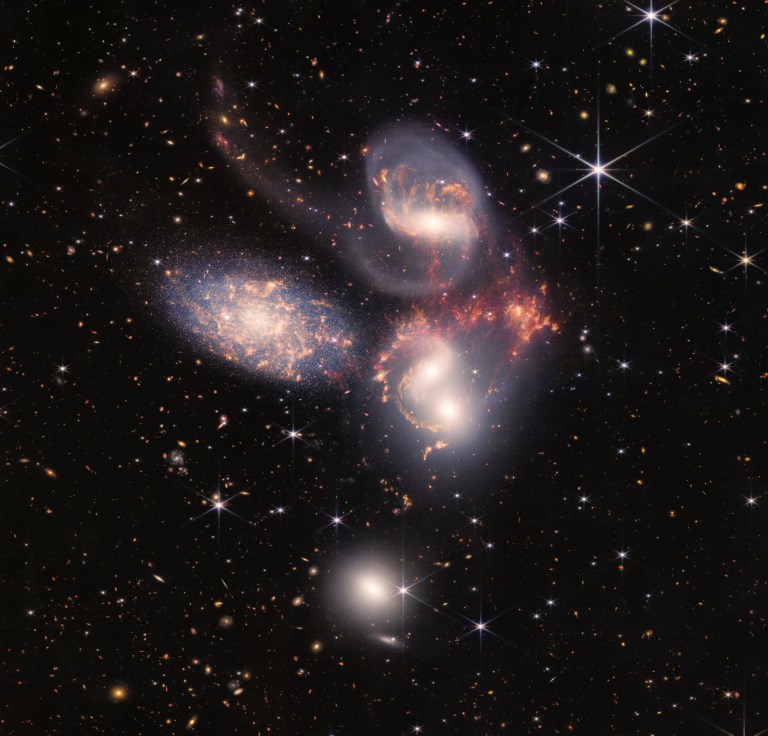 In the James Webb Space Telescope’s image of Stephan’s Quintet, we see 5 galaxies, 4 of which interact. (The left galaxy is actually much closer to us than the rest of the group!) These colliding galaxies are pulling and stretching each other in a gravitational dance. Webb will revolutionize our knowledge of star formation and gas interactions within: nasa.gov/webbfirstimages/NASA, ESA, CSA, and STScI
In the James Webb Space Telescope’s image of Stephan’s Quintet, we see 5 galaxies, 4 of which interact. (The left galaxy is actually much closer to us than the rest of the group!) These colliding galaxies are pulling and stretching each other in a gravitational dance. Webb will revolutionize our knowledge of star formation and gas interactions within: nasa.gov/webbfirstimages/NASA, ESA, CSA, and STScI -
NASA’s Webb Reveals Cosmic Cliffs, Glittering Landscape of Star Birth
This landscape of “mountains” and “valleys” speckled with glittering stars is actually the edge of a nearby, young, star-forming region called NGC 3324 in the Carina Nebula. Captured in infrared light by NASA’s new James Webb Space Telescope, this image reveals for the first time previously invisible areas of star birth.
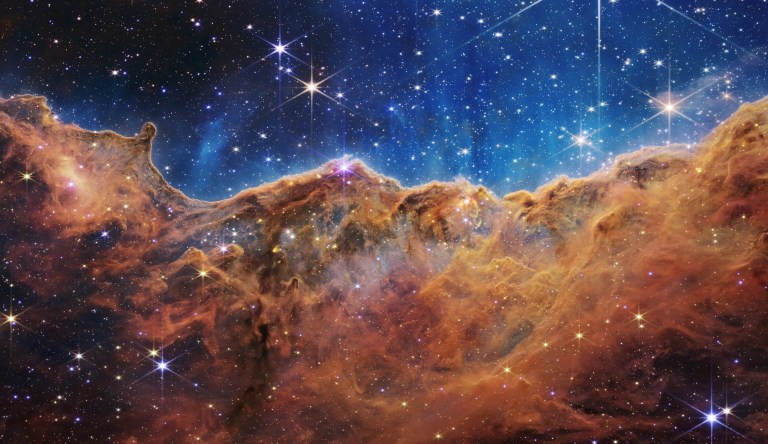 Behind the curtain of dust and gas in these “Cosmic Cliffs” are previously hidden baby stars, now uncovered by Webb. We know — this is a show-stopper. Just take a second to admire the Carina Nebula in all its glory.NASA, ESA, CSA, and STScI
Behind the curtain of dust and gas in these “Cosmic Cliffs” are previously hidden baby stars, now uncovered by Webb. We know — this is a show-stopper. Just take a second to admire the Carina Nebula in all its glory.NASA, ESA, CSA, and STScI
Search Webb News
Type
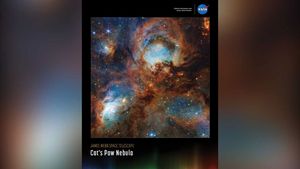
Download and print a mini poster featuring an infrared image of the Cat’s Paw Nebula captured in 2025 by NASA's…
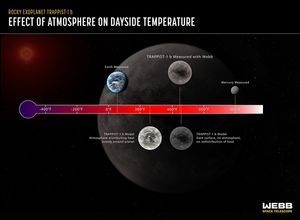
Researchers can determine whether or not a tidally locked rocky planet has an atmosphere by comparing its measured temperature to…
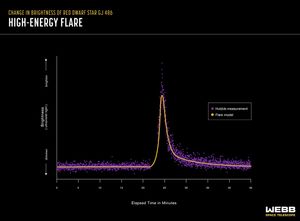
This light curve shows a flare of bright ultraviolet light emitted by a red dwarf star. Stars that appear calm…
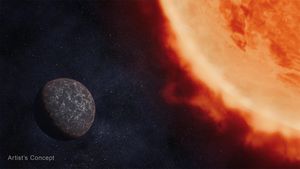
Artist’s concept of a bare rocky planet orbiting a red dwarf star.
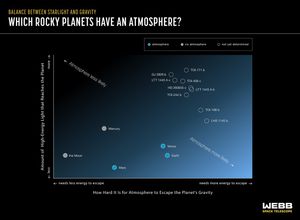
Massive planets that receive less high-energy starlight are more likely to have atmospheres than small planets receiving more radiation. Webb…
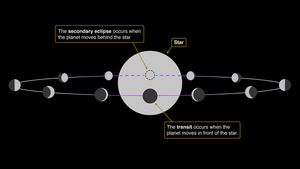
A transit occurs when a planet moves between its star and the telescope, blocking some of the starlight. A secondary…
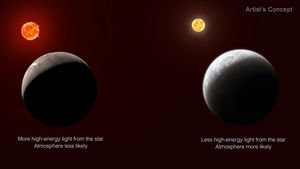
All other things being equal, the more high-energy light a planet receives from its star, the less likely it is…
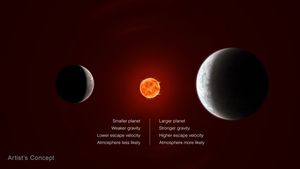
If two planets are the same in every other way, the one with a stronger gravitational pull is more likely…
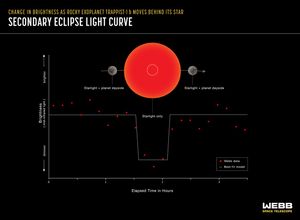
A secondary eclipse light curve shows the decrease in brightness of a star-planet system as the planet moves behind the…
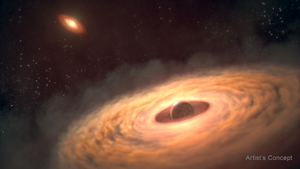
NASA’s James Webb Space Telescope has provided the first direct measurements of the chemical and physical properties of a potential…
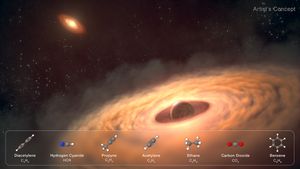
An artistic rendering of a dust and gas disk encircling the young exoplanet (lower right), CT Cha b, 625 light-years…
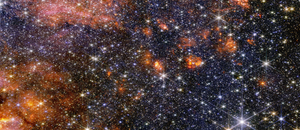
NASA’s James Webb Space Telescope has revealed a colorful array of massive stars and glowing cosmic dust in the Sagittarius…

Stars, gas and cosmic dust in the Sagittarius B2 molecular cloud glow in near-infrared light, captured by Webb’s NIRCam instrument.…
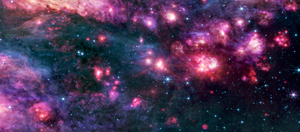
Webb’s MIRI instrument shows the Sagittarius B2 region in mid-infrared light, with warm dust glowing brightly. Only the brightest stars…
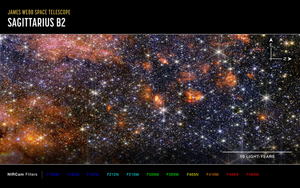
This image of the Sagittarius B2 (Sgr B2) molecular cloud, captured by the NIRCam (Near-Infrared Camera) instrument on NASA’s James…



























